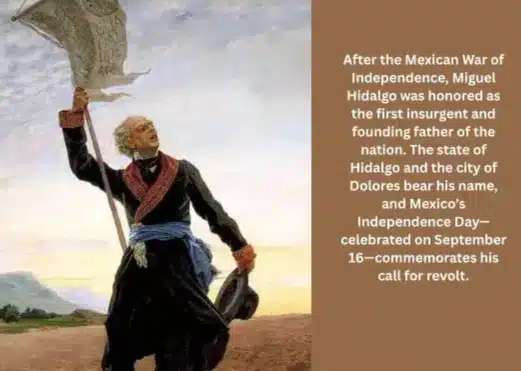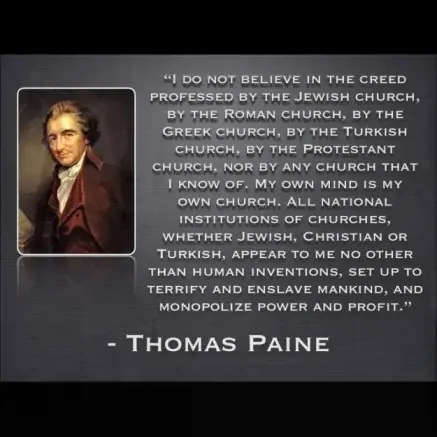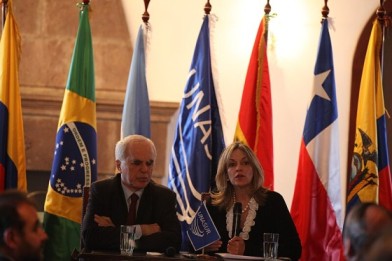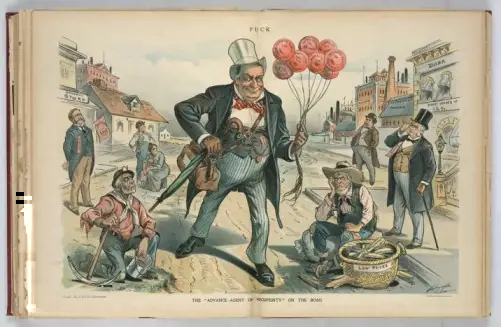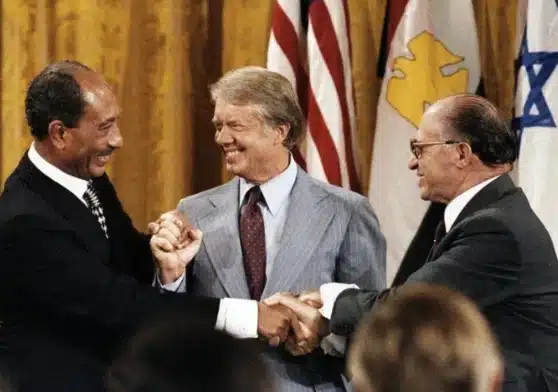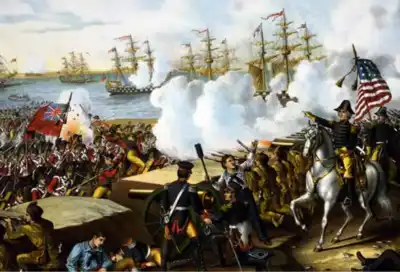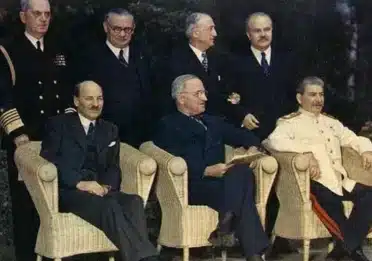Separation of Ecuador and Venezuela from Gran Colombia: A Historical Outlook
The early 19th century was a blustery and transformative period in South American history, categorized by a committed objective for liberation from Spanish colonial dominance. Amidst this revolutionary enthusiasm, Simón Bolívar, the visionary leader greeted as “El Libertador (The Liberator of America),” embarked on a grand mission to forge a unified South America through the establishment of Gran Colombia. However, by 1831, the Dissolution of Gran Colombia had unfolded, with Ecuador and Venezuela choosing to separate. This article explores the multifaceted factors and historical complexities surrounding the Dissolution of Gran Colombia, a period marked by the collapse of a hero’s dream and the subsequent separation of Ecuador and Venezuela from the federation.
💻 Table of Contents:
- The Formation and Demise of Gran Colombia
- Factors behind Gran Colombia’s Dissolution
- Architects of Regional Autonomy in Ecuador and Venezuela
- Ecuador and Venezuela’s Post-Gran Colombia Era
 |
| Battle of Carabobo (1821) |
The Formation and Demise of Gran Colombia:
Simón Bolívar had a vision to unite South America, which led to the creation of Gran Colombia in 1819. The idea was to unite the people in the northern part of South America into one country. This large federation included present-day Colombia, Ecuador, Venezuela, and Panama. Bolívar aimed to build a strong and united nation capable of facing external challenges. He wanted a centralized government, but governing such a diverse and vast territory posed major difficulties.
However, the circumstances of the South American revolution were different greatly from those in the United States, and the dream of Gran Colombia was short-lived. Instead of showing growth, the map of Gran Colombia slowly revealed a breaking apart of the territories. In North America, many people who owned land took it from Native Americans, and they moved Native people away. But in South America, the Spanish focused on giving a lot of land and power to only a small group of rich people. At the same time, in South America, the power and land were in the hands of a few rich people, and the native people had to work for them as laborers.
The conflicts between different groups, such as Pardos, slaves, Creoles, Native Americans, and Spanish Peninsulares, created big problems for the success of the union. Bolívar’s original idea of a democratic federation of independent republics was slowly changed as he faced the realities of the situation. He started to doubt whether the people in South America could effectively govern themselves and exercise their rights. As a result, Bolívar took control of the government and made himself a dictator in 1828.
 |
| Ecuador Colombia Venezuela map |
However, by 1830, Bolívar’s government had failed, leading to his resignation. In 1831, the Dissolution of Gran Colombia was finalized, leaving behind countries with little experience of representative government. This instigated a cycle of revolutions and counter-revolutions, where wealthy elites controlled the classification to maintain an imbalanced position. The Dissolution of Gran Colombia occurred for various reasons, including not enough people owning land and unclear laws. These factors prevented the country from achieving stability and unity.
💻 You May Also Like:
- The Monroe Doctrine: American Plan for the Americas
- The Age of Exploration: Christopher Columbus and the New World Discovery
- Brazil’s Political Legacy: A Journey from Colony to Republic
- Simón Bolívar: The Unsung Overlooked Political Visionary Who United a Continent
Factors behind Gran Colombia’s Dissolution:
Gran Colombia eventually broke apart, leading to the formation of three separate countries: Venezuela, Ecuador, and New Granada. Simón Bolívar’s goal was to establish a nation that could protect its independence and compete economically with European powers. His dream of uniting Latin America was incredibly ambitious.
One major reason for the separation of Gran Colombia was the rise of regionalism. Ecuador and Venezuela, with their unique cultures, economies, and geography, began expressing their desire for independence. The diverse economic foundations and priorities of the different regions within Gran Colombia led to disagreements over how resources should be shared and economic policies implemented.
Gran Colombia was dissolved in 1831 because of political disagreements between those who supported federalism and centralism, as well as tensions among the different regions that formed the republic. It split into the countries of Colombia, Ecuador, and Venezuela. Panama separated from Colombia in 1903.
 |
| Flag map of Gran Colombia |
The vast distances between the regions also played a crucial role in the breakup. The formidable Andes mountain range created significant challenges for effective communication and administration. These geographical obstacles made it difficult to establish a strong central authority capable of governing such a diverse and widespread landscape.
Economic differences within Gran Colombia, especially between the elites in Ecuador and Venezuela, fueled discontent. The perception of an uneven distribution of resources and economic benefits became a key source of grievances. This economic inequality became a powerful force driving the increasing desire for autonomy and self-governance in these regions.
Gran Colombia faced internal political conflicts between centralists and federalists. Simón Bolívar’s vision of a strong central government clashed with the wishes of local leaders who preferred more decentralized systems of governance. This struggle for political control intensified the divisions within the federation, ultimately leading to the dissolution of Gran Colombia.
Architects of Regional Autonomy in Ecuador and Venezuela:
Two influential figures played pivotal roles in the separation of Ecuador and Venezuela. Juan José Flores, a military leader and politician, became the first president of Ecuador after the separation. His support for regional autonomy and opposition to Bolívar’s centralist policies made him a key figure in the movement for separation. Similarly, José Antonio Páez, a military general in Venezuela, played a crucial role in advocating for greater autonomy for his region, resisting Bolívar’s attempts to maintain control.
 |
| President Ronald Reagan at Simon Bolivar’s grave |
In 1830, Simón Bolívar resigned as President, signaling a turning point in the fate of Gran Colombia. Bolívar’s departure created a power vacuum and set the stage for the formal separation of Ecuador and Venezuela from the federation in 1831. Bolívar’s resignation was emblematic of the challenges he faced in maintaining a united South America under a centralized government.
The formal act of separation took place in 1831 when the Congress of Cúcuta officially declared the separation of Ecuador and Venezuela from Gran Colombia. While the move was not without controversy and resistance, the desire for regional autonomy ultimately prevailed. This marked a significant moment in the dissolution of Gran Colombia, as Ecuador and Venezuela embarked on independent trajectories, shaping their destinies outside the confines of the once grand federation.
Ecuador and Venezuela’s Post-Gran Colombia Era:
The separation had profound and lasting effects on both Ecuador and Venezuela. In Ecuador, the newfound independence allowed for the establishment of a more stable and locally focused
government. Juan José Flores, as the first president of Ecuador, played a crucial role in shaping the early years of the nation. However, internal conflicts and power struggles persisted in the subsequent years.
In Venezuela, the separation laid the foundation for the establishment of a more decentralized government. José Antonio Páez became the first president of the independent Venezuela and played a key role in shaping the country’s early political landscape. The move towards greater regional autonomy in Venezuela set the stage for the country’s subsequent political development.
The separation of Ecuador and Venezuela from Gran Colombia left a lasting legacy on the political landscapes of these nations. It serves as a historical lesson about the complexities of nation-building and the importance of understanding and addressing regional differences. The tensions and struggles that led to the dissolution of Gran Colombia underscore the need for inclusive and participatory governance that respects the diverse identities and aspirations within a nation.
 |
| Statue of the Liberator |
Conclusion:
The Dissolution of Gran Colombia in 1831, marked by the separation of Ecuador and Venezuela, was a critical moment in South American history. It revealed the intricate challenges of forging a united nation from diverse and geographically distant regions. The legacy of the Dissolution of Gran Colombia is embedded in the political, social, and economic trajectories of Ecuador and Venezuela, reminding us of the delicate balance required in the pursuit of a unified and enduring nation-state.
Frequently Asked Questions
Gran Colombia was a federation established in 1819 by Simón Bolívar, uniting present-day Colombia, Ecuador, Venezuela, and Panama to create a strong, unified nation in northern South America.
Gran Colombia dissolved due to regionalism, economic disparities, political conflicts between centralists and federalists, and geographical challenges like the Andes Mountains, which hindered effective governance.
Juan José Flores, the first president of Ecuador, and José Antonio Páez, a Venezuelan military general, were pivotal in advocating for regional autonomy and leading their regions to independence from Gran Colombia.
Economic differences, uneven resource distribution, and conflicting priorities among regions like Ecuador and Venezuela fueled discontent and contributed to the breakup of Gran Colombia.
Bolívar’s resignation marked a turning point, creating a power vacuum that led to the formal separation of Ecuador and Venezuela from Gran Colombia in 1831, ending his dream of a united South America. What was Gran Colombia, and who founded it?
Why did Gran Colombia dissolve?
Who were the key figures in the separation of Ecuador and Venezuela?
What were the economic factors behind Gran Colombia’s dissolution?
What was the significance of Simón Bolívar’s resignation in 1830?

